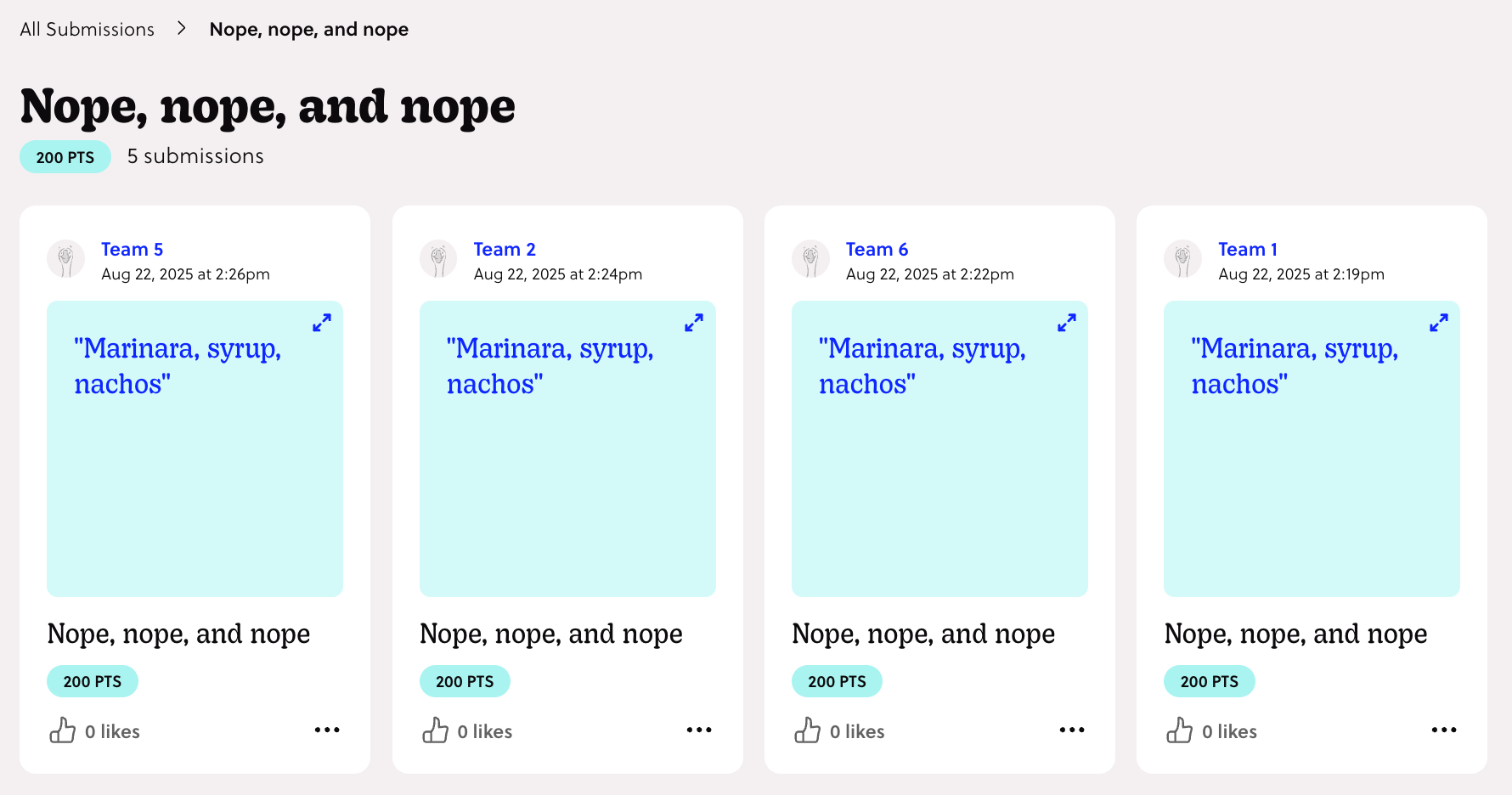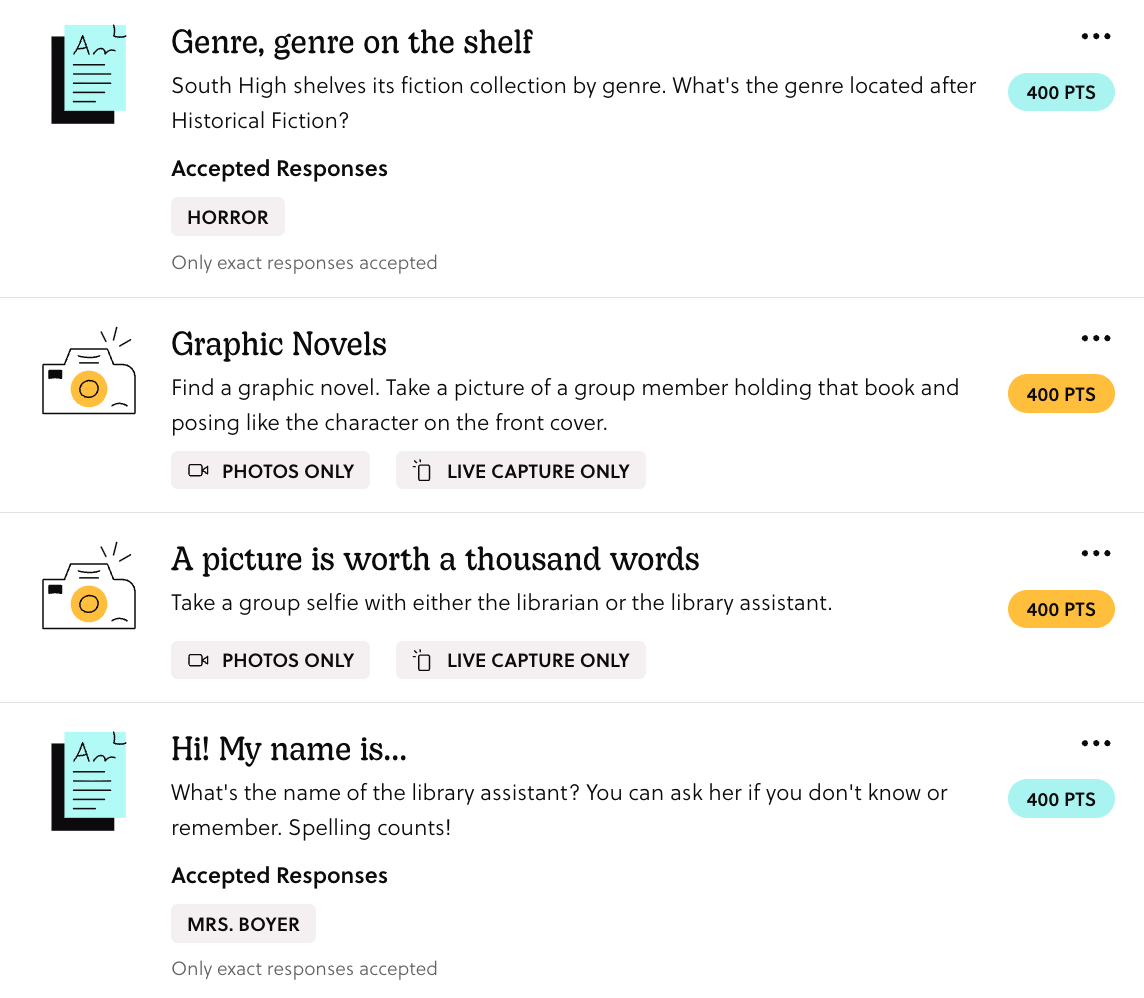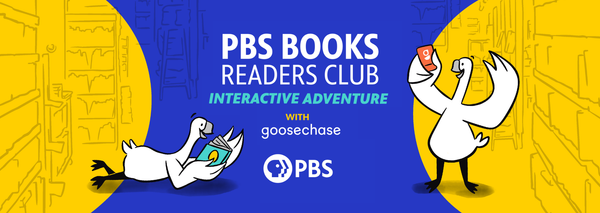How One Librarian Makes Library Orientation Fun, Memorable, and Collaborative
Library orientation can feel a little dull for students. “Shhh, no talking”, and all of that.
Jenni George, a school librarian at Fort Zumwalt South High in Saint Peters, Missouri, didn't think that was good enough. When it came to orienting her students, she had other plans in mind. Her number one goal as a librarian is simple: “My goal is to engage kids in their own curiosity. I get to support them in their journeys to finding the answers to the questions that they have.”
So when it came to answering her students’ questions about the library, she decided to try something different: a digital scavenger hunt.
"When I tried it with the freshmen, it was so much fun. I had not seen the level of engagement in this kind of orientation ever. And they were all invested in what they were doing."
Instead of a traditional tour, students completed Missions that had them exploring the library, snapping photos, and creating short videos. This approach made orientation interactive, social, and, most importantly, memorable.
Fun Activities That Help Students Connect
One unexpected benefit of the scavenger hunt was how it encouraged students to connect with one another. Many students were meeting classmates for the first time, and the activities helped break the ice. Like many librarians, Jenni wondered: “How can I help make a new school environment less intimidating for students?”
It came down to turning the orientation into an opportunity for students to connect, not just deliver content. "It was really fun to see them working together. Some of them might have been meeting each other for the first time, and it broke down walls as they got to know each other, us, and the library in a really fun way," Jenni explains.
Activities such as finding a book, taking a group selfie, or recording a short PSA about library rules made learning social and engaging. One favorite was the “Nope, nope, and nope” Mission, which asked students to identify three things they couldn’t bring in from the cafeteria during lunch (with a handy hint near the sign-in computers). These playful prompts not only introduced students to library resources but also created a sense of community along the way.

Encouraging Collaboration and Real Learning
A key challenge in library orientation is engaging all students. Some are shy, some outgoing, and some hesitant to participate. The scavenger hunt format helped every student find a role. With a leaderboard to track everyone on the hunt and an activity feed to see all the participant submissions, it’s easy for everyone to see themselves in the Experience.
"People like to see their name on a screen. No matter how introverted or shy, there’s a little bit of a thrill. To do that in a space that feels super positive makes a big difference."
Students work in small groups or individually, completing tasks such as taking photos, creating videos, writing captions, or leading skits. This variety allows everyone to contribute.
Jenni emphasizes that the learning goes beyond recall. Students are creating, explaining, and documenting, which deepens understanding. "It’s not just recall. It’s transformative things that you can ask them to do with it," she says.
For example, instead of simply asking where the biographies are shelved, Jenni might have students pick a biography, snap a photo of the cover, and share one question they’d love to ask that person. Or, rather than asking which database to use, she’ll prompt students to find an article on an issue they care about and record a quick video explaining why it matters. These types of tasks spark curiosity and help students connect library resources to their own lives.
The best part? Seeing students collaborate IRL. "My favorite thing is simply watching kids document their learning in real time, collaboratively, and at a deeper level than recall," she adds.

Using Technology to Enhance Orientation
Jenni also embraced technology in a way that felt natural for students. Mobile devices are often discouraged in schools, but she saw them as a tool to enhance engagement. "They are already living in a social media world—taking pictures, selfies, documenting their lives—so this kind of scavenger hunt translates seamlessly," she says.
The platform feels familiar, like Instagram or TikTok, but is entirely educational. Students enjoy completing Missions because they are playful, social, and meaningful. "I don’t even really have to explain how to use the app. It’s so intuitive to what they’re already doing anyway. There’s no barrier," Jenni adds.
This makes it easy for librarians to run an orientation without adding extra stress or complicated technology training.
Becoming a Hub of Learning Across the School
Using this interactive approach has expanded Jenni’s role as a librarian. She collaborates with teachers across subjects and helps students engage with creative, interactive learning experiences.
"This positions me as a hub of learning across the building. It lets me collaborate with teachers in all different subject areas and gives me a chance to interact with kids in new ways."
By creating flexible Missions, Jenni can adapt activities for all ability levels and subjects. For example, in history class, she might challenge students to find a primary source in the library and explain how it connects to what they’re studying. This adaptability makes it a powerful cross-curricular tool.
Tips for Librarians: How to Make Your Next Orientation Interactive
A key question for any school librarian is: how do you make sure every student feels welcome and excited to explore the library?
Here are some practical ways to make orientation interactive, inclusive, and memorable:
- Offer multiple ways to participate. Let students complete Missions with photos, videos, or written reflections so everyone can engage in a way that suits them.
- Keep technology simple. Use tools and devices that are intuitive and easy to access, so students spend time exploring and learning—not figuring out the app.
- Encourage collaboration over competition. Design activities that let students work together, breaking the ice and building connections, even for shy or introverted learners.
- Celebrate curiosity and creativity. Allow students to follow their interests within the activities so learning feels personal and engaging.
- Document learning in real time. Let students capture what they’re doing through photos or short videos. This makes the experience tangible and reinforces engagement.
Making orientation interactive isn’t just about fun—it’s about giving every student a chance to explore, connect, and feel confident in the library space.
Transform Your Library Orientation
Library orientation does not have to be boring. There’s no reason it should be.
Interactive, social, and collaborative interactive experiences, like scavenger hunts, help students explore library resources, connect with classmates, and document learning.
Jenni’s story shows that when curiosity drives the activity and technology supports engagement, learning happens naturally. And when learning happens with ease, students are invested, collaborative, and empowered. And when students are empowered, educators are energized to deliver their content in transformative new ways. Everybody wins.
What is Goosechase EDU?
Goosechase is an online platform that helps educators create and run interactive learning experiences in their classrooms and beyond. Sign up and try creating an Experience, or contact us to learn more about our school and district-wide solutions!





